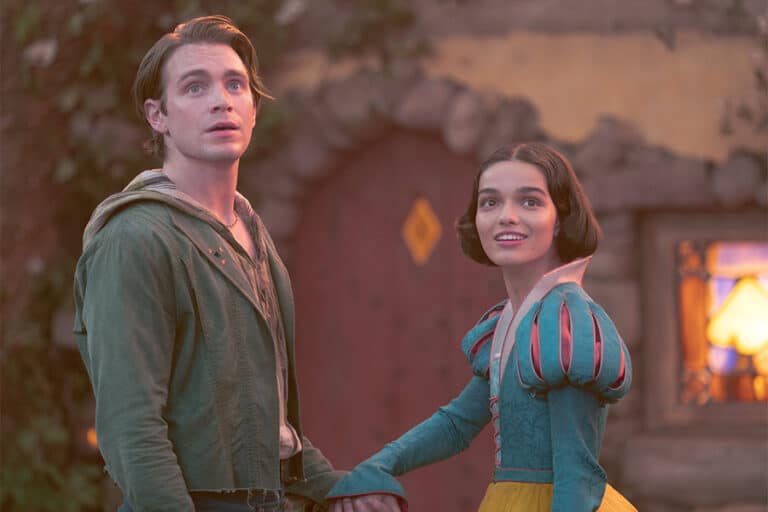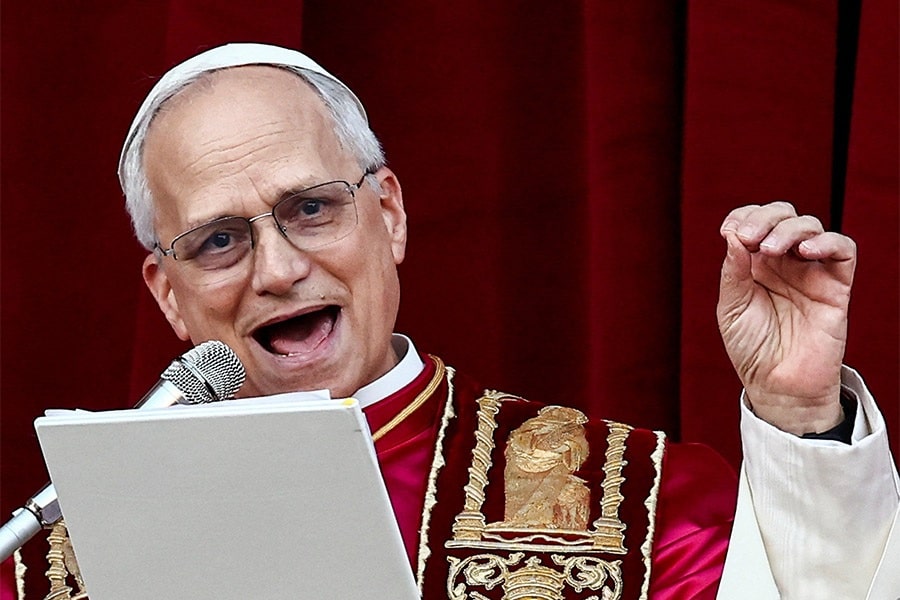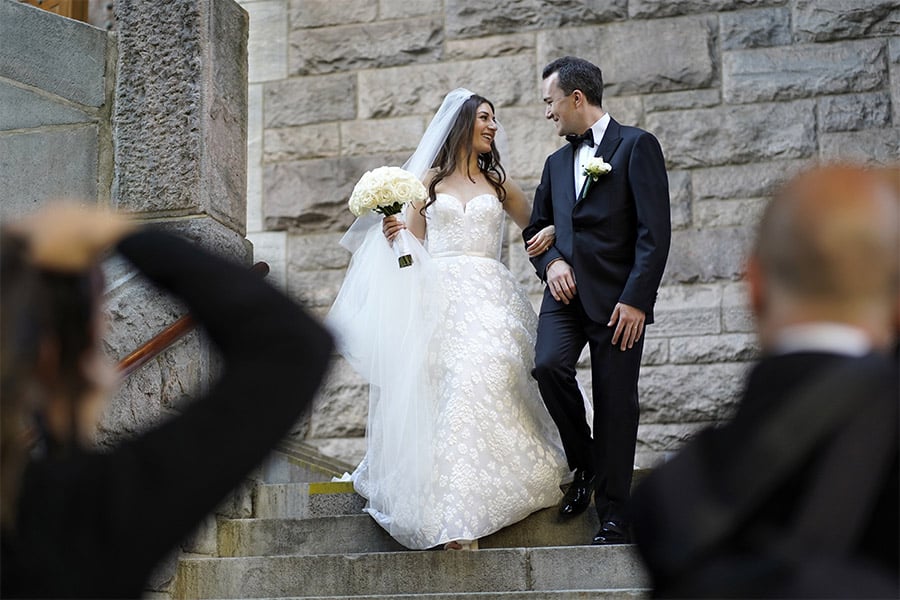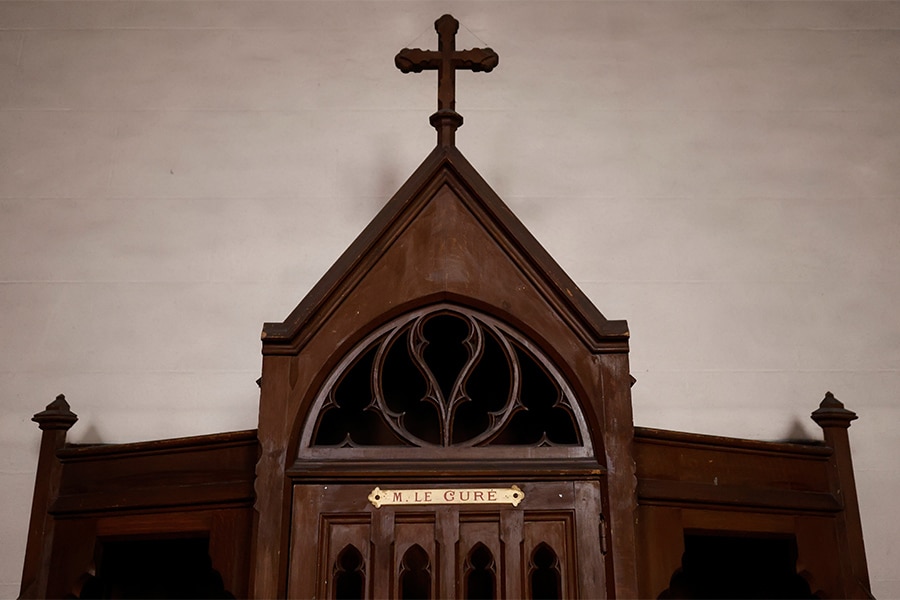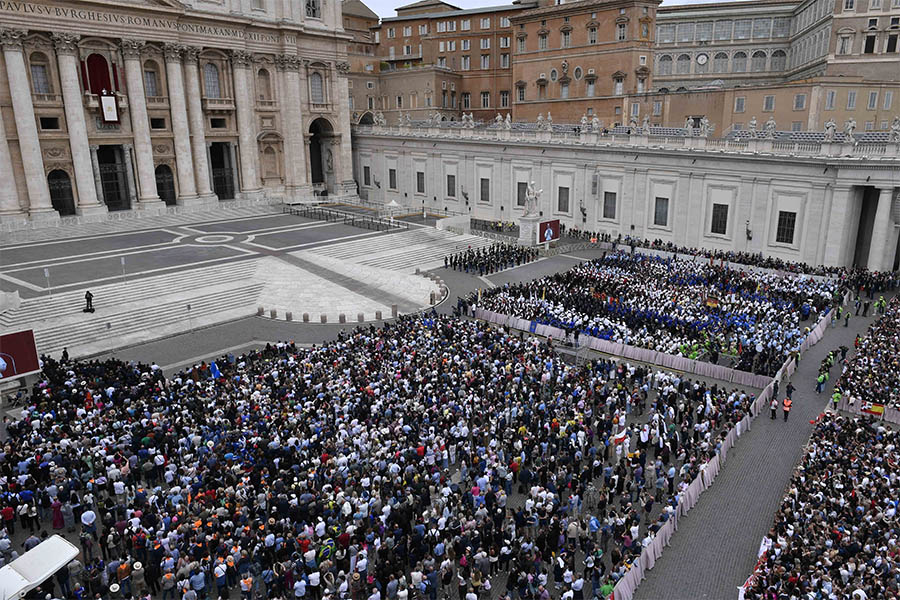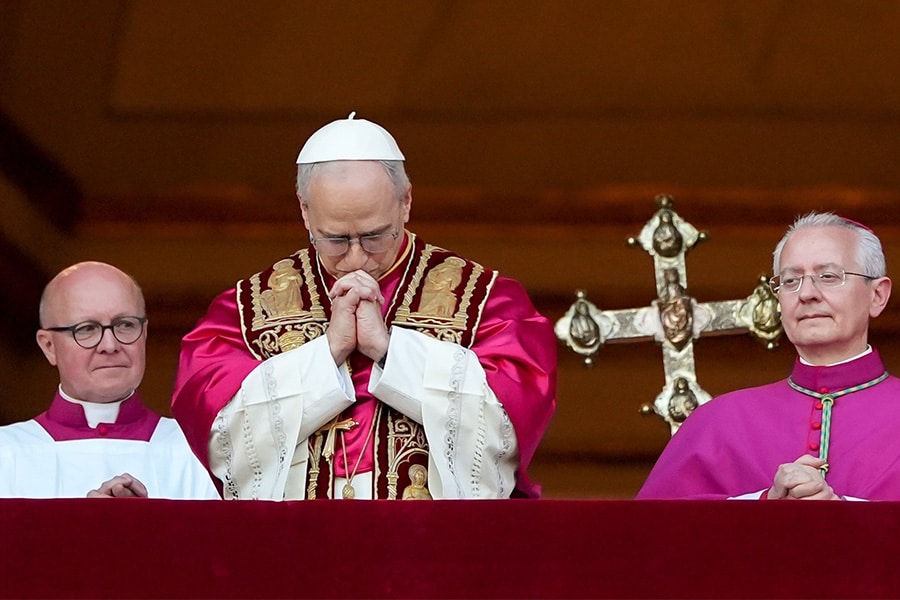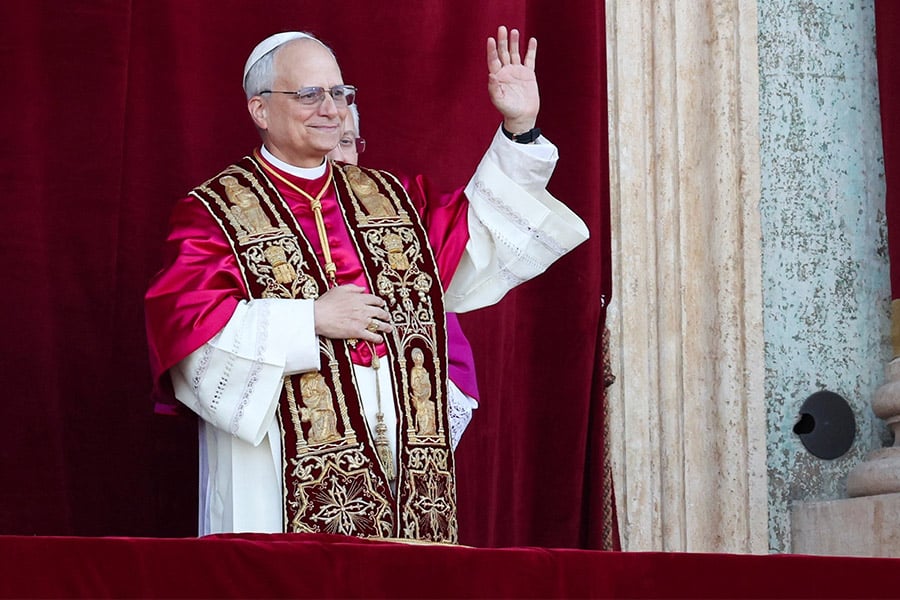Like the catchy tune in their live action remake of Snow White, Disney clearly has some “princess problems” with their classic fairy tale source material. The 2025 retelling suffers from the incoherence of the filmmakers’ attempt to fix the fairy tale of a princess rescued by a prince with a story of female empowerment.
As is apparent from other attempted Snow White adaptations, a contempt for elements of the classic fairy tale is nothing new and there has been ample criticism over the past century of supposedly offensive themes or unrealistic expectations in these seemingly backward tales of bygone eras.
In his 1938 lecture “On Fairy Stories,” J.R.R. Tolkien said of fairy tales that “the ancient elements can be knocked out, or forgotten and dropped out, or replaced by other ingredients with the greatest ease: as any comparison of a story with closely related variants will show,” but the tellers and re-tellers of such tales should remember that “the things that are there must often have been retained (or inserted) because the oral narrators, instinctively or consciously, felt their literary ‘significance.'”
For G.K. Chesterton that literary significance was wrapped up in a sense of wonder. He wrote that “all the fire of the fairy tales is derived from” a wonder in the magical that reminds us of a forgotten wonder hidden in real life. “These tales say that apples were golden only to refresh the forgotten moment when we found that they were green,” he reflected. “They make rivers run with wine only to make us remember, for one wild moment, that they run with water.”
In addition to the thrill of wonder, both Chesterton and Tolkien emphasized the teaching of taboos in fairy tales through the strict rules that the magic depends upon: Cinderella must be back by midnight, for example, and Snow White is not to open the door to strangers.
In the Brothers Grimm tale of Snow White, she is tricked into breaking that rule by the evil queen who takes advantage of her kindness and innocence. As a consequence, she dies and is placed in a glass coffin until the prince comes and awakens her.
Her awakening against all odds and happily ever after with the prince serve as the climax of the tale.
In the Brothers Grimm tale, Snow White is not a passive damsel in distress, but an archetype of a kind soul who “entrusts herself to God” and makes the best of bad circumstances, joyfully receiving first the generosity and protection of the dwarfs and then the love of the prince.
The evil queen, described as “godless” by the Grimm brothers, serves as an archetype of vanity, envy and pride and the end one meets if these vices are left unchecked.
The death of the wicked queen in the original tale is most gruesome: Iron shoes were heated at Snow White’s wedding — which the queen could not keep away from after the mirror told her that the young bride was the fairest — and “she was forced to step into the red-hot shoes and dance until she fell down dead.”
While this graphic conclusion understandably did not make it into Disney’s 1937 version of Snow White, the film did play up the archetypes of good and evil with a focus on the love story of the prince coming to rescue Snow White from her enchanted sleep with a kiss.
Her surrender to God also remains in that depiction. In a nighttime prayer, she thanks God and asks for her dreams to come true. The scene is a rare instance of a Disney heroine being depicted in prayer.
The 2025 version of Snow White shifts the focus from the classic love story to a tale of a young girl overcoming her fear and standing up to the evil queen who has stolen her kingdom. She does happen to find love along the way, but the emphasis is on her growth into an independent leader.
At the outset of the film, Rachel Zegler’s Snow White sings about the futility of “waiting on a wish” and expresses the hope of becoming “someone who just might be brave / someone no one needs to save.”
In place of the prince, the Robin Hood figure of Jonathan emerges who Snow White encounters stealing from the castle’s stores of food due to starvation in the kingdom. She rescues him from the evil queen’s punishment of tying him to the palace gate.
They later meet up in the forest during her abbreviated stay with the dwarfs who are rendered in distractingly bad CGI. She and Jonathan awkwardly sing to each other “I know it’s naive, but tonight, I believe / That somethin’ so good could come true / And maybe it might have a little somethin’ to do / With you.”
Their shy love forms quite the contrast to the 1937 version’s prince boldly declaring “One song my heart keeps singing / Of one love, only for you” at first meeting.
Snow White’s kindness is apparent at certain moments throughout the film as she encourages Dopey to find his voice. The remake also incorporates elements from the original tale as Snow White is still saved by Jonathan from her poison-induced sleep with a kiss.
Ultimately, Snow White confronts the queen in a non-violent stand-off where the guards have a sudden change of heart and turn on the queen when Snow White reminds them of how good things were under her father’s rule. Snow White gets her self-actualization into a “fearless, fair, brave and true” leader and a song rings out praising her for being “everything you were wishing and waiting for.”
The filmmakers’ obsession with interrupting a classic fairy tale with messaging emphasizing female leadership likely comes from the concern that the original fairy tale romance gave children a false impression of the world.
C.S. Lewis noted this concern in an essay “On Three Ways of Writing for Children,” writing that “no literature that children could read gives them less of a false impression” of the world than fairy tales and “what profess to be realistic stories for children are far more likely to deceive them. I never expected the real world to be like the fairy tales. I think that I did expect school to be like the school stories. The fantasies did not deceive me: the school stories did.”
For a child, he wrote, “fairy land arouses a longing for he knows not what. It stirs and troubles him (to his life-long enrichment) with the dim sense of something beyond his reach and, far from dulling or emptying the actual world, gives it a new dimension of depth. He does not despise real woods because he has read of enchanted woods: the reading makes all real woods a little enchanted.”
Despite the occasional charming scene, the viewer leaves the new Snow White film more confused than enchanted as fairy land becomes a chaotic place with a princess who doesn’t want to be saved, a focus group-approved band of “magical creatures” and sermons about wealth inequality.
Modern sensibilities shy away from leaving untouched a simple tale that shows a prince who loves a beautiful girl at first sight and rescues her, a tale that shows the glass coffin doesn’t have to be the end of the story and that the fair-seeming evil ruler obsessed with outward appearances does not have the final say.
Tolkien wrote that in fairy tales the happily ever after is “a sudden and miraculous grace: never to be counted on to recur,” which “denies (in the face of much evidence, if you will) universal final defeat and in so far is evangelium (gospel), giving a fleeting glimpse of Joy, Joy beyond the walls of the world, poignant as grief.”
In retelling the fairy tales of bygone eras, filmmakers would do well to allow Snow White’s prince to come, Belle’s Beast to transform and Cinderella’s slipper to fit. The debates and sensibilities of our time, much like those of Tolkien, Chesterton and Lewis’ times, can move over and make room for a little fairy tale wonder, enchantment and joy.
Read More Commentary
Copyright © 2025 OSV News

